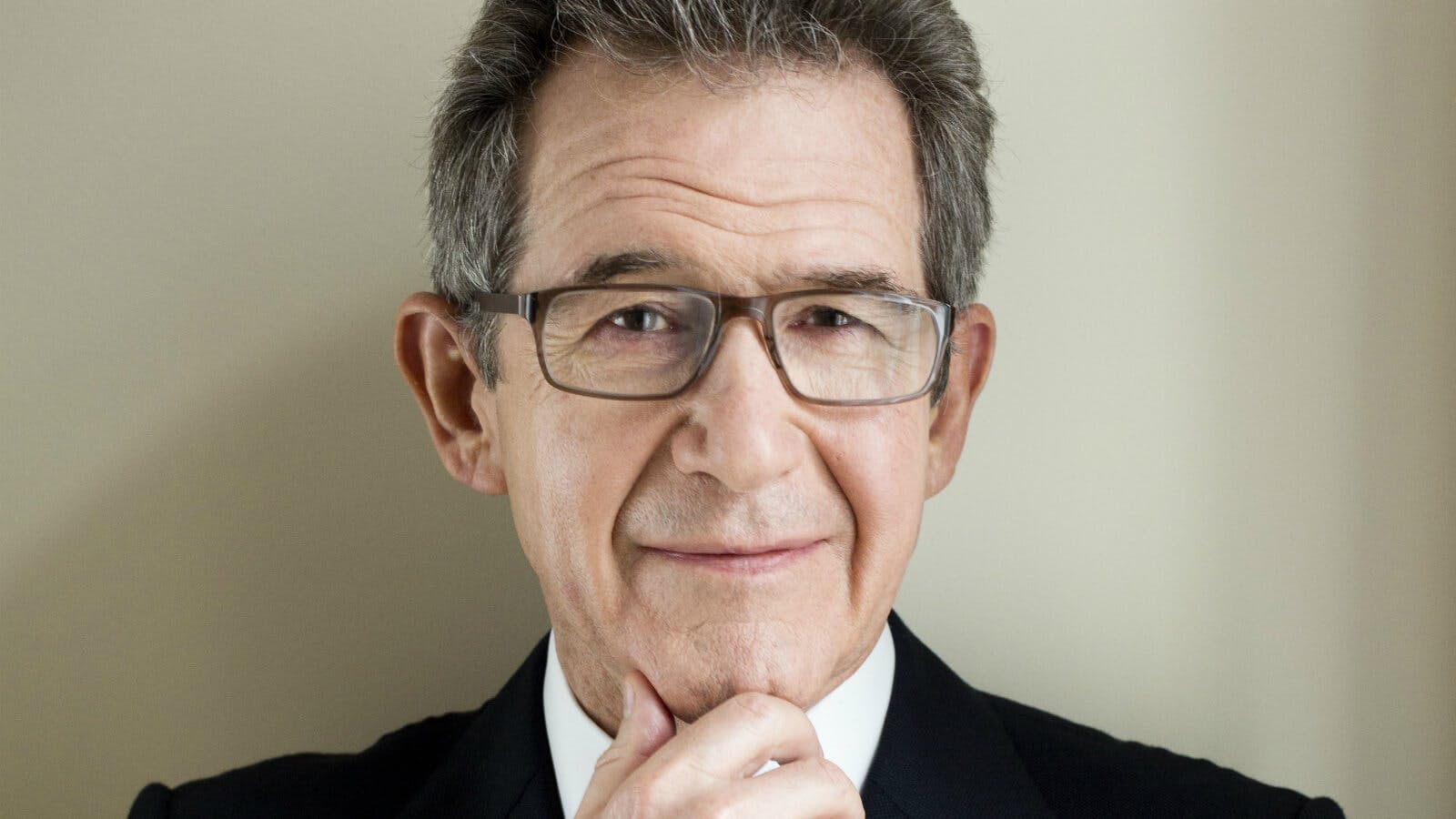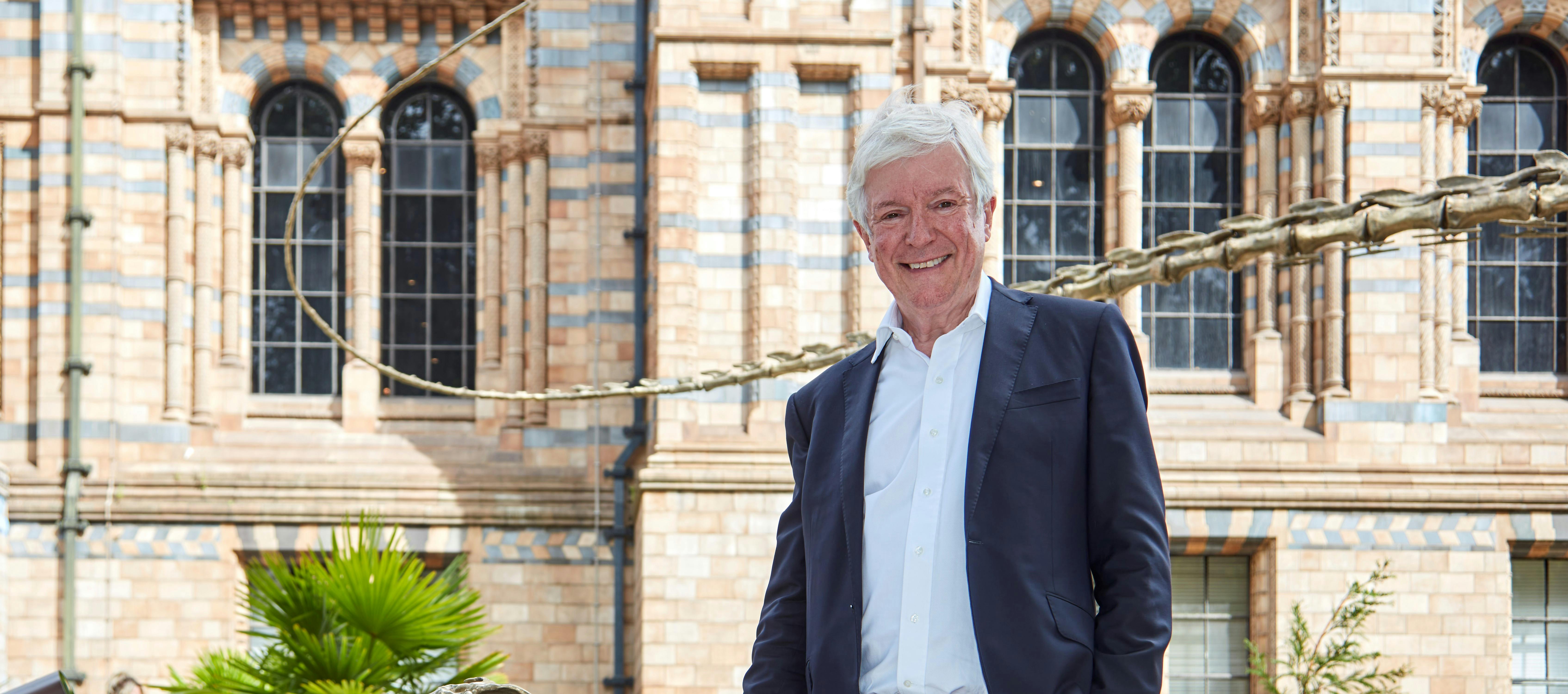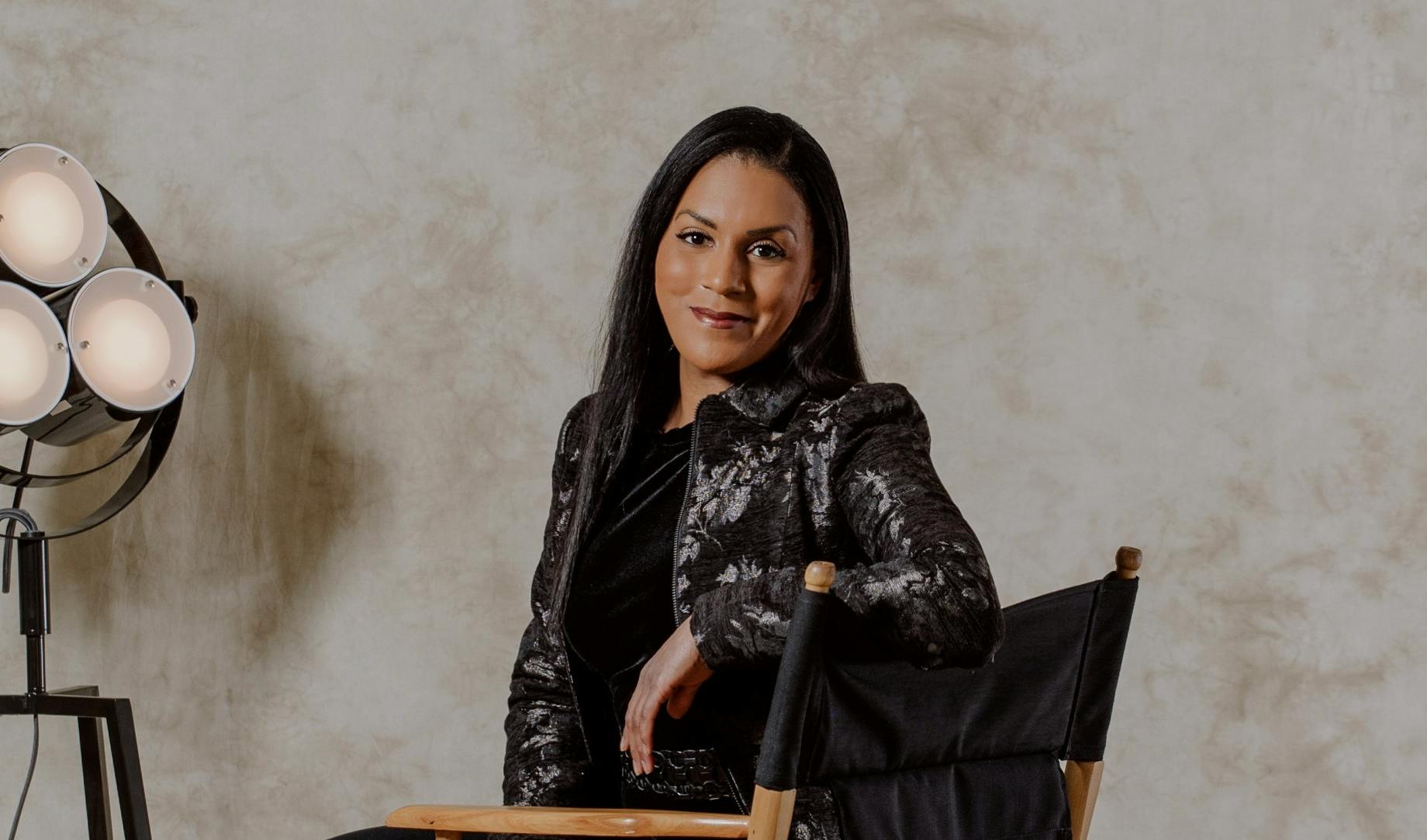
How to sit on a third sector board | In conversation with former BP CEO, Lord Browne and Susan Boster
Lord Browne, former CEO of BP, shares his insights on how to sit on a third sector board.
Lord Browne joined BP in 1966, became a member of the Board in 1992, and was Group Chief Executive from 1995 until 2007. He has served on the Boards of Intel, DaimlerChrysler AG, Goldman Sachs and SmithKline Beecham. He holds degrees from Cambridge University and Stanford University, and numerous honorary degrees and fellowships. Lord Browne is the author of five books; his most recent, Make, Think, Imagine: Engineering the Future of Civilisation, was published in May 2019.
What boards, current and past, do you sit on?
That is a very long list. I'm currently Executive Chairman of L1 Energy and co-Chairman of Wintershall Dea. I am also Chairman of Huawei Technologies (UK), Stanhope Capital and the Accenture Global Energy Board, and member of the boards of IHS Markit and Pattern Energy. My advisory board roles include Edelman and Schillings as well as Afiniti, Kayrros, and Windward, and I chair the Advisory Board of the Energy Futures Initiative.
My non-corporate roles have included chairing or serving on the board of a number of cultural organisations, including the Donmar Warehouse, the Courtauld Institute of Art, the Holocaust Educational Trust, the British Museum, the Chicago Symphony Orchestra, the Folger Shakespeare Library, and the Tate. I have also served on the boards of educational institutions including the International Advisory Board of the Blavatnik School of Government and the Advisory Board of the Stanford Graduate School of Business.
Why did you choose to join the board of a cultural organisation?
There are two reasons – first, cultural institutions challenge you in a different way than for-profit businesses, and I see them as part of my basic framework of living. Second, I have always believed that it is very important to give back, and serving on cultural, not-for-profit and educational boards is part of that – my work there is about giving back as well as contributing to building their future as well as preserving the past.
Most of my roles are tied to the UK and the US – I used to live in the States, so I developed relationships with institutions there, such as the Folger Shakespeare Library. But mostly, I chose organisations with ties to my global interests.
What are the key differences between your experiences on corporate boards and third sector boards?
Corporate boards have a much clearer remit, and the objective functions are of course profit generation and stakeholder satisfaction, and balancing stakeholder interests so that none of them are adversely affected in pursuit of profit. In the case of a not-for-profit, the function is very different: entertainment, enlightenment and education of the population around the place where they do activities. One could produce a very efficient museum to match corporate objectives, but in so doing would have to cut the remit by three quarters and shut down programmes, but that of course is not what you should be doing – the aim is those principles of education, enlightenment, and entertainment.
What are the key qualities for a good board member in the arts/charity sector?
There are four main qualities. Unless it’s a big charity, you expect board members to be hands on and to bring a very specific skill to the table, and to use it. No one is trying to get zero cost professional labour, but not-for-profits do need to get advice to minimise fees. Second, I am of the view that you either pay or play – and I think fundraising is very, very important. Board members have to get from others or give themselves; this is not a fashionable view, but I strongly believe this. Third, you have to understand what the organisation is about and really believe it and support it fully. Finally, a charity board is not a corporate board – chances are you don’t have the same kinds of people who are performance-driven in a mono-objective way, it’s a more complex activity, and appreciating that is key.
What is the biggest challenge your arts/culture/charitable organisations are facing right now?
One is making sure that they are up to date and connected across the demographic spectrum. People’s access to information and culture has changed dramatically since the onset of broad-based connectivity. So how do we make it relevant for different generations, and how do we make sure these organisations do not become clubs for the wealthy and old? It is key that these organisations are open to all in a way that grabs their minds.
Wherever I look, governments are withdrawing from the arts sector, therefore we need private support, so there’s a big push for fundraising everywhere, but there’s an increasing concern from stakeholders that the source of funding is deemed appropriate. I am thinking of examples like the Sackler family, tobacco, and the oil industry – is it okay to accept money from sources where we don’t like behaviour?
This is a new debate. When we look at the US, and the world, we see that we have been happy with all the institutions that Carnegie supported. Many forget that he was outrageous villain, who turned a blind eye to the murder of union reps. We go to the Frick Collection, whose founder also has a storied past, we forget John D. Rockefeller and the things he did – the list goes on. We are in the position of setting new standards, and sometimes revisiting history, and wondering what we should do about that. This is all very difficult and as yet unresolved.
When have you gotten it wrong, and what did you learn?
I think the temptation with all arts and cultural organisations is to press them as if they are corporates, and that is where things unravel. You do not have the same sorts of people, who do not administer or perform in same way. You have to take a longer view. You have to persuade people who are mostly there for different reasons, they adore what they’re working on and are committed to the subject, and if you don’t listen to them and pace things as appropriate for their organisation, things will go wrong.
What is your advice to someone joining their first board in any sector?
First make sure that you are really excited about what they do, and make sure you’ve got enough time. It is not just time for normal meetings – imagine something going wrong and make sure you’ve got enough time for that. Finally, make sure you have some sense that the executive management team are people you can trust and rely upon, because if you do not feel that, then you are going to have a tough time.
Susan Boster is the founder and Managing Director of Boster Group Ltd. an independent marketing consultancy that creates innovative brand partnerships for global corporations and cultural institutions to achieve business and social impact goals. Current and recent clients include BNP Paribas, Montblanc, Insight Investment, Moët Hennessy, AMEX, Gap Inc., Credit Suisse, Bacardi, EY and Disney. Boster Group shapes partnerships on the basis of shared values, untapped assets and complementary capabilities. Distinctly, Boster Group measures return on investment for its clients and is focused on the impact of the creative campaigns it develops. Previously a CMO for News International, Susan is currently on the boards of English National Ballet, Donmar Warehouse, The Representation Project, and serves on the Enterprise Committee at The Design Museum.
Nurole is the global platform changing the way organisations bring the best people on to their boards. Find out how it works for talented people looking for the best board level positions, and for organisations looking to hire the best board level talent.





